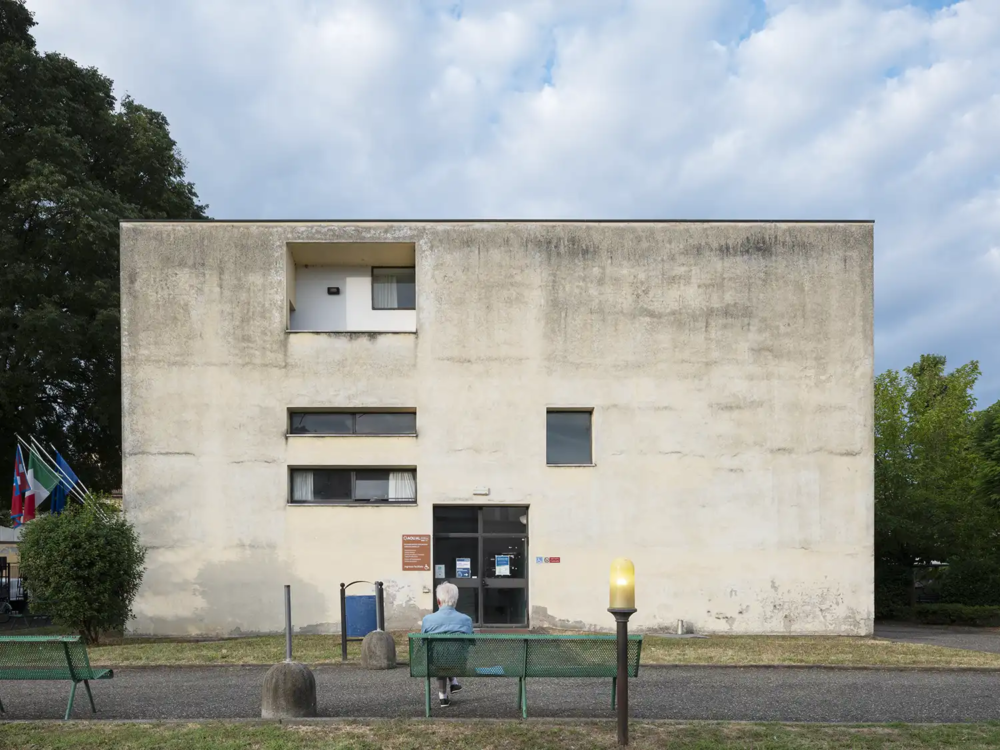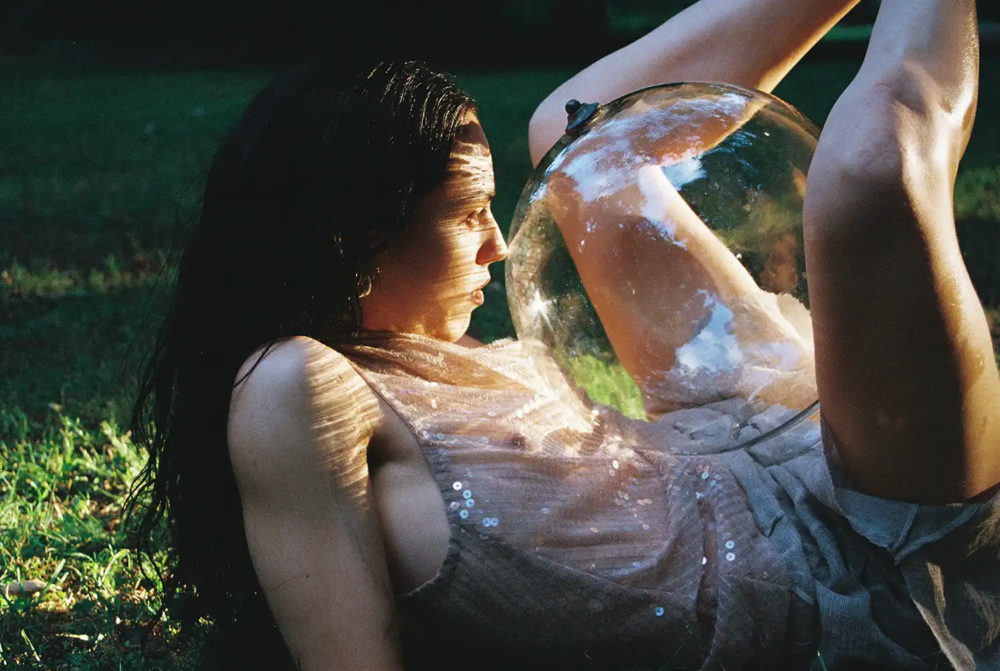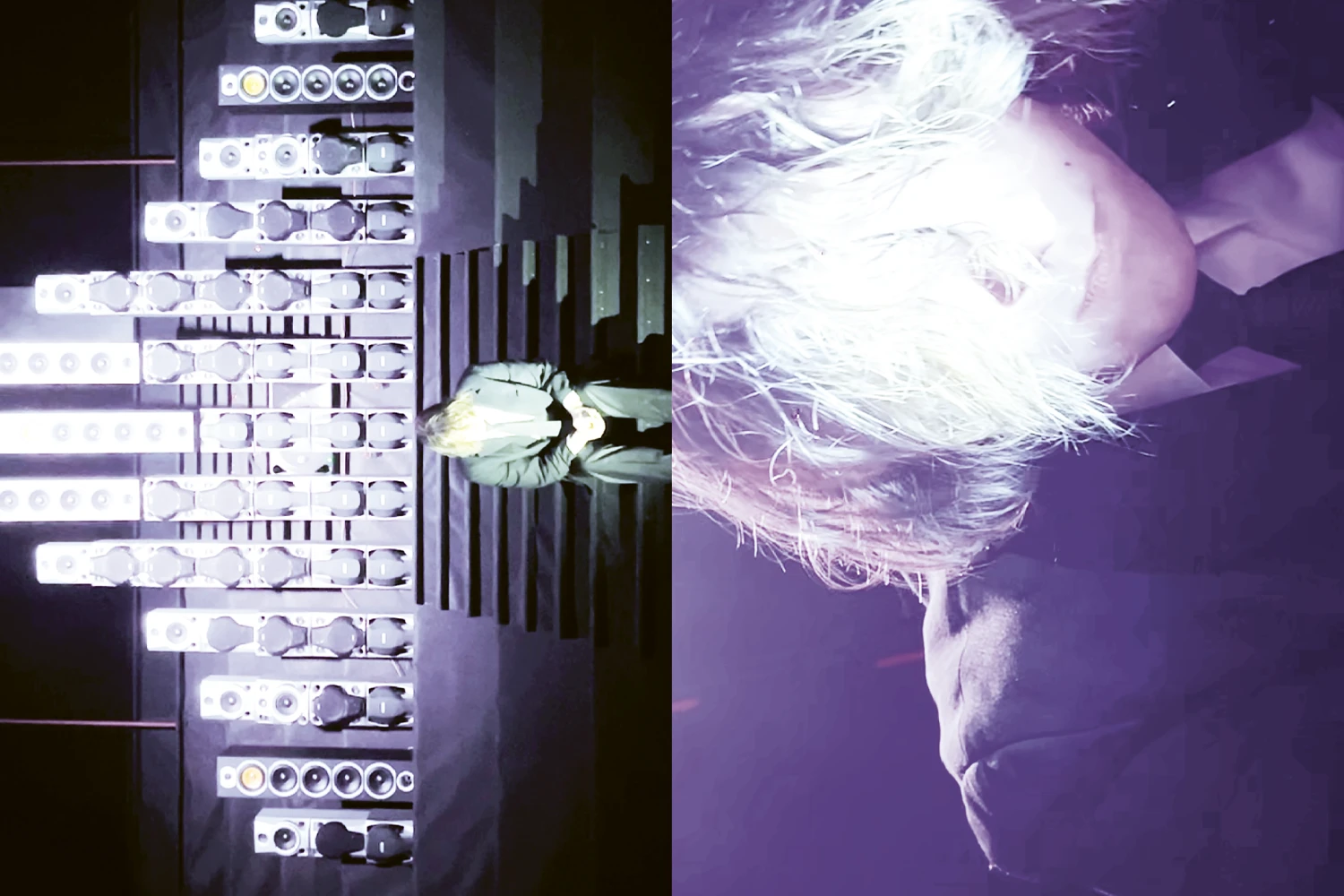
On resisting digital noise: Torus is building an underground sound
From refusing OpenAI’s Super Bowl ad to building underground sound installations and surviving bureaucratic shutdowns—Torus on rejecting algorithmic culture and improvising through failure
Refusing the feed: Torus on resisting commodification and reclaiming artistic autonomy
“Everything is an ad. I don’t trust anything I see online, and I ignore most of the advice people give me”. For Torus, detachment from the machinery of social media is not just a preference—it’s a principle. In an era where self-promotion often eclipses substance, where every visual can be sponsored content, and where art is flattened into aestheticized branding, Torus draws a firm line. His refusal isn’t performative cynicism. It’s a carefully calibrated withdrawal from a system that demands constant visibility at the cost of authenticity.
“I recently said no to doing some sound for the OpenAI Super Bowl ad; it made me feel expendable”. Turning down the opportunity to work on sound for a globally visible campaign like OpenAI’s Super Bowl ad may sound counterintuitive. But for Torus, that refusal was about retaining agency. The gig, he felt, would have reduced him to a functional, replaceable element in a much larger apparatus—another cog in the machine of capitalized aesthetics. In an industry obsessed with exposure, this was a rare moment of control: saying no as an act of self-preservation.
“I keep Instagram deleted from my phone as much as I can. The more time I spend alone in the studio or on the road, the more time I get to spend with my friends worldwide”.
Deleting Instagram isn’t a digital detox; it’s a practice. By severing ties with the daily drip of algorithmic content, Torus carves out space for solitude, process, and genuine connection. Paradoxically, the less he performs his life online, the more present he is in real relationships—often forged and nurtured in the in-between spaces of travel, performance, and private moments in the studio.
When the storm breaks: liveness, failure, and the power of the crowd
There was a summer show at Visions Festival in Bretagne where a storm broke mid-set. The crowd stuck around, though I’m not sure the gear survived.
The fragility of live music is often overlooked in favor of polished streaming culture. But Torus recalls one show at Visions Festival where nature disrupted the set mid-performance. The crowd didn’t leave—they stayed, soaked and steadfast. It’s in these liminal, imperfect moments that live performance transcends entertainment. The tools may break, the sounds may glitch, but something raw and unrepeatable emerges.
“I try to think in conceptual frameworks and narratives, but when it comes to actually creating music and art within those frameworks, the most beautiful pieces always come from breaking them down. It’s good to build systems and rules just so you can break them”.
For Torus, theory and structure are important—but never sacred. Conceptual frameworks act as scaffolding, but the creative energy lies in dismantling them. This is where intuition enters, and where systems—once broken—become fertile ground for new sonic languages. The contradiction is intentional: building in order to destroy, framing in order to unframe.
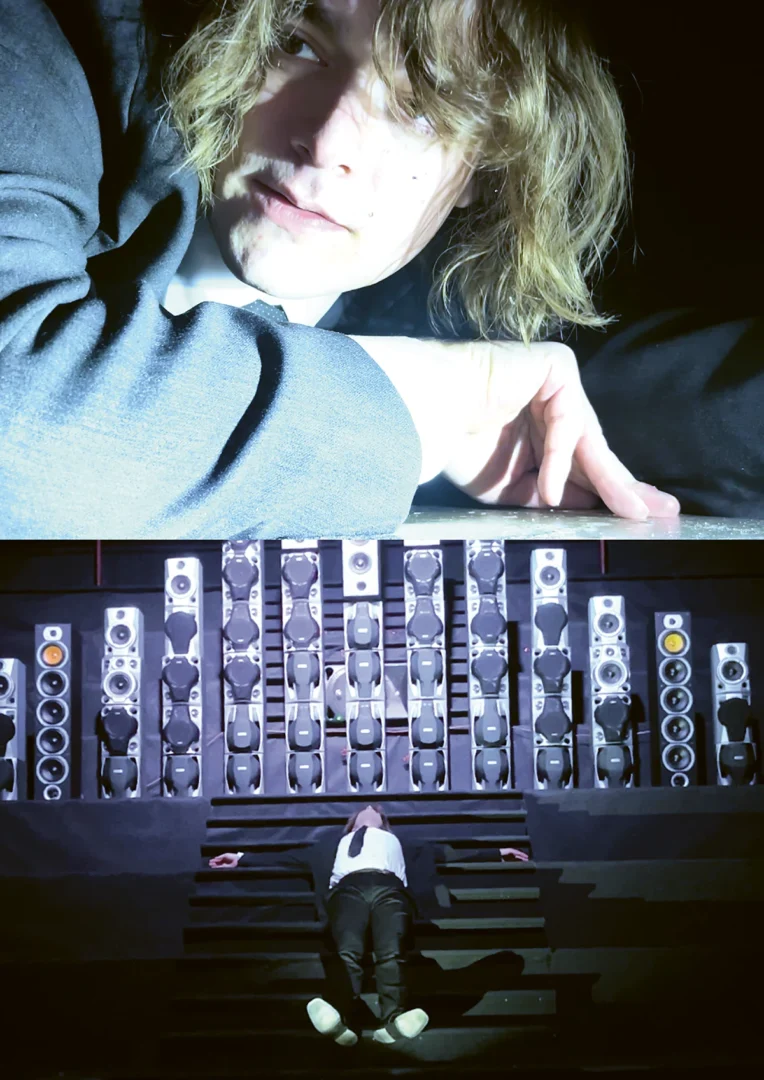
Collaboration as disruption: improvising with Evian Christ, Malibu, Mechatok
2My practice has always been autonomous, but in recent years I’ve pushed boundaries by embracing collaboration, performing with artists such as Malibu, DJ Lostboi, Evian Christ, and Mechatok”.
Torus’s shift toward collaborative work is not a departure from autonomy, but an evolution of it. By integrating with other artists, he expands the scope of his own sound while allowing friction, spontaneity, and vulnerability to enter the process. These collaborations aren’t about harmony; they’re about tension, timing, and trust.
“A memorable moment was my first b2b with Evian Christ at Draaimolen in front of 5,000 people, without any prior practice. We both exported our sets a minute before we went on, our USBs failed, and we had to take over from headliners Job Jobse and Benny Rodrigues. It was still one of the best b2bs I’ve played”.
The story sounds like a logistical nightmare: last-minute exports, failed USBs, no preparation. And yet, this unplanned b2b set with Evian Christ at Draaimolen became one of the most powerful performances in Torus’s memory. It was a moment where failure forced immediacy. The absence of control yielded presence. There’s something in the risk of collapse that makes live improvisation not just exciting—but essential.
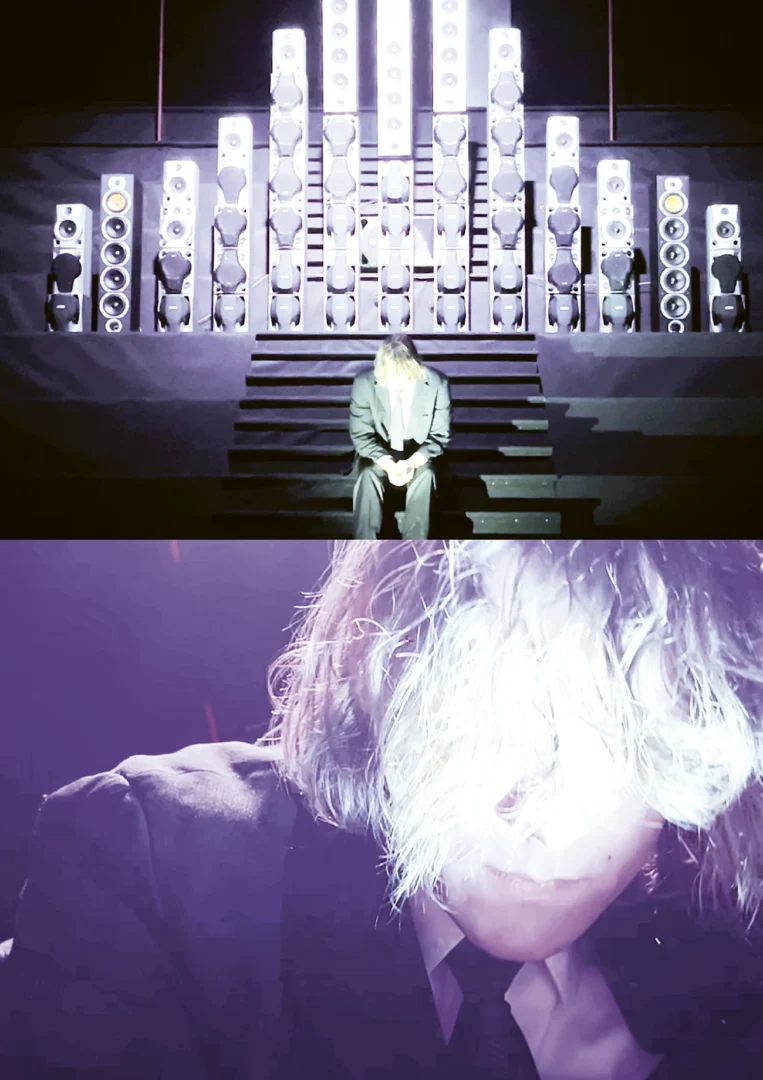
Emotion over message: crafting music for collective memory and generational pathos
“I aim to evoke a feeling rather than deliver a message—melancholia, euphoria, nostalgia, and longing resonate universally and reflect a generational pathos under late capitalism”.
Torus doesn’t believe in message-driven music. Instead, he seeks emotional resonance—a sonic architecture capable of holding contradictory feelings. Melancholia and euphoria co-exist. Nostalgia blends with longing. These are not private moods but shared undercurrents, reflections of a generation shaped by instability, excess, and collapse.
“I don’t care if sounds are analog or digital, as long as they evoke a visceral experience. Even wind clipping on an iPhone’s microphone can make any sound or melody layered on top feel nostalgic”.
The tools are secondary to the feeling. Whether analog synths or compressed field recordings, what matters is the texture, the emotional grain of a sound. Even lo-fi noise—wind distortion, microphone bleed—can carry meaning, because it carries memory. In this way, Torus reclaims the imperfections of digital life and renders them intimate.
Improvisation over programming: navigating space through sound
“I’m hyper-responsive when I perform and try not to prepare too much for my shows. I want to reflect the energy of the crowd and the space”.
Torus approaches live performance not as a showcase, but as a conversation. His responsiveness on stage is a kind of listening: to the crowd, to the architecture, to the air in the room. He arrives not with a fixed setlist, but with a wide catalog—and lets the environment guide the flow.
“Sometimes I consider a venue’s cultural background, but I prefer bringing a wide catalog and discovering what works as I go”.
That sensitivity to context doesn’t mean catering to expectation. It means remaining open—willing to challenge the audience, the space, and himself. A club set, in this way, becomes an act of mutual discovery.
“I also invest time in creating spaces to present and perform my music, such as my strobe-and-speaker crosses or speaker-organ installations. Even the most generic club settings often feel unconventional to me”.
When venues don’t provide the right conditions, Torus builds his own. His installations—speaker organs, light-and-sound structures—are architectural extensions of his sonic world. They reshape audience perception, breaking the fourth wall between DJ and listener, between club and ritual.
Laak, shutdowns, and the paradox of scarcity in underground culture
“I run a club in The Hague (Laak) with a small group of friends, and two days before our 2023 NYE party, our permit was revoked. We shut down for nine months, barely making it through that period.”
The bureaucratic fragility of independent nightlife is a constant. In 2023, just before New Year’s Eve, Laak—an artist-run club in The Hague that Torus helps organize—was forced to close. The shutdown lasted nine months, threatening the future of a space built on care, labor, and mutual trust.
“Ironically, closing for so long at the height of our success turned out to be great PR.”
In a strange twist, absence became visibility. The silence surrounding Laak amplified its value. When the doors reopened, the hunger for the space had only grown. It’s a reminder that in underground culture, what’s missing can speak louder than what’s present. And sometimes, being temporarily erased from the map is what ensures you’ll be remembered.



